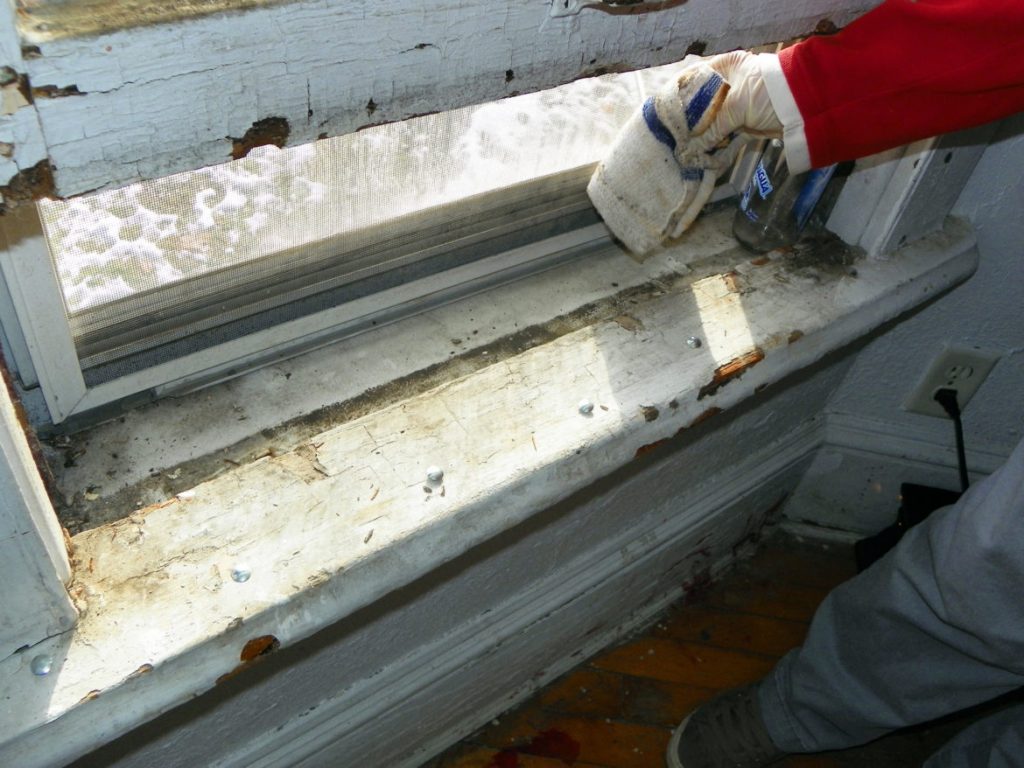DHS Wants All Children Tested For Lead Poisoning
Lead exposure particularly dangerous for young children, but can be remediated if caught.

Lead exposure can damage the brain, causing cognitive and behavioral issues in children. Photo courtesy of Yan Krukau/Pexels
The Wisconsin Department of Health Services released new recommendations that all children age 5 and under should be tested for lead poisoning.
The agency discussed universal testing for children in a virtual media briefing on Thursday. DHS Secretary-designee Kirsten Johnson said the state is following federal recommendations to test all children for lead.
The change comes as preliminary estimates from the agency show 3.2 percent of roughly 75,000 kids tested last year had blood lead levels of 5 micrograms per deciliter or greater. That’s the threshold that defines lead poisoning under state law.
The agency previously based its testing guidelines on known risk factors for lead exposure among kids, such as living in older homes that may have lead-based paint. Typically, only children covered by Medicaid are required to be tested for lead poisoning. The state doesn’t require blood lead testing for all kids, which would require a change in state law.
Universal testing means all children should be tested for lead at age 1 and receive testing again when kids are 2 years old. Johnson said children between 3 to 5 years old, who have not been previously tested, should undergo screening for lead poisoning.
“Lead can hurt anyone, but it’s especially dangerous for young children because their bodies and brains are going through significant development,” Johnson said. “The younger children who are crawling and learning to walk are at greater risk of being exposed to lead-contaminated soil and dust. Children this age often put objects or their hands into their mouths, which can cause a child to ingest lead over time and can poison them.”

Lead poisoning of children has largely been tied to contact with old, peeling paint. Here, a Milwaukee, Wis. rental home is investigated for lead in a 2015 inspection. (Matt Campbell/For the Wisconsin Center for Investigative Journalism)
Lead exposure can damage the brain
Lead exposure can damage the brain and kidneys, and children with lead poisoning can experience learning and behavioral issues. Lead in paint and dust are the primary source of lead exposure in Wisconsin, but the Flint water crisis in Michigan has also highlighted the ongoing problem with lead in drinking water. There is no safe level of lead in children’s blood, according to the Centers for Disease Control and Prevention, or CDC.
Brian Weaver, the agency’s lead policy advisor, said the change is intended to simplify the process of determining which children should be tested for lead poisoning. He said health care providers would previously run through a set of questions to assess a child’s risk for lead exposure.
“So instead of having a health care provider go through these questions, now they know if a child’s age 1 and 2, that this child should be tested for lead,” Weaver said.
Weaver said the agency’s long-term goal is to increase blood lead testing, saying additional screening would result in a minimal burden on health care providers. The agency said the increase in testing would also be spread out among labs statewide. A DHS spokesperson said the State Lab of Hygiene has assured the agency it can process additional samples.
DHS expects to find more kids with lead poisoning
In most cases, Weaver said blood lead testing would be covered by insurance. The CDC has previously reported that blood lead tests cost between $10 to $75. Weaver encouraged local health departments to continue to seek assistance from the state and Medicaid reimbursement for tests.
“We do anticipate through this increased testing to find more children who are lead poisoned,” Weaver said. “It’s not just lead-based paint that we’re concerned about.”Other health professionals agree. Beth Neary, retired pediatrician and co-president of the Wisconsin Environmental Health Network, said the recommendations are an important step to ensure health officials find all children who are exposed to lead. “There are other sources, such as lead pipes, living near an airport that serves private planes that use leaded gasoline, use of imported lead-laden ceramics or imported food as in the recent case of applesauce with lead-laden cinnamon,” Neary said.
Weaver also highlighted the recent recall of cinnamon applesauce pouches by the Food and Drug Administration due to elevated lead levels. He added adults may also bring lead into the home depending on their hobbies or work environment.
“We’re hoping that with this increased testing, we’ll be able to get a better idea of what lead poisoning looks like in Wisconsin,” Weaver said.

Jaidyn Jordan, 12, and Aidan Branch, now 10, sit with their mother Deanna Branch on the front stairs of a Milwaukee apartment they were moving out of on July 1, 2023. Beginning in 2015 Aidan was twice sent to Children’s Wisconsin hospital with severe lead poisoning due to hazards in a previous rental. Branch broke that lease and moved the family while waiting on the landlord to address the home’s lead hazards. She faced a lawsuit as a result. Sara Stathas for Wisconsin Watch
Lead poisoning higher among children of color
The lead crisis has hit communities of color the hardest in Wisconsin. Black children under the age of six are four times more likely to test positive for lead poisoning than white children, according to data from DHS. Black children have a lead poisoning rate of 6.5 percent. Lead poisoning rates are twice as high among American Indian children, and higher rates also exist among Asian and Hispanic children than their white counterparts.
Weaver said about 20 percent of kids under the age of 5 are tested for lead poisoning in Wisconsin. In 2022, state data shows 2.7 percent of roughly 69,000 kids had blood lead levels of 5 micrograms per deciliter or greater.
The CDC previously used that threshold to determine lead poisoning in children, but it has since lowered that level to 3.5 micrograms per deciliter. While the state now follows the CDC’s threshold, Weaver said they used the previous limit to compare levels to past rates of lead poisoning in Wisconsin.
In 2019, around 83,000 kids in Wisconsin under the age of six received blood lead testing. That dropped by roughly 22 percent to 65,000 kids in 2020 due to the onset of the COVID-19 pandemic. Since then, more kids are getting tested, but screenings remain below pre-pandemic levels.
State health officials recommend lead testing for all kids was originally published by Wisconsin Public Radio.





















